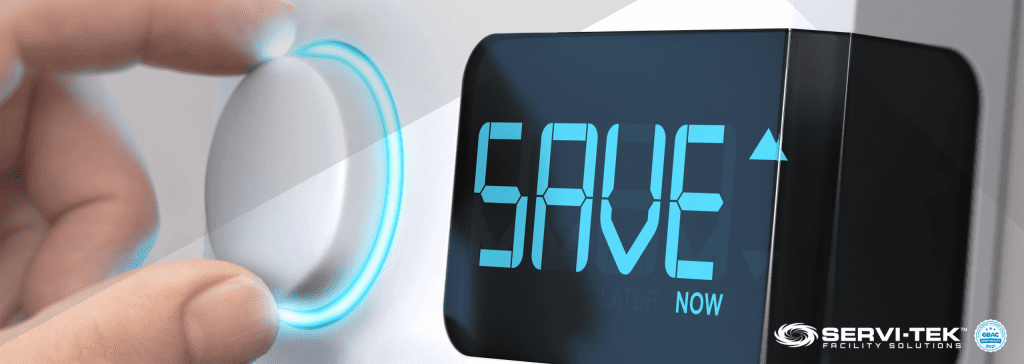Introduction
Hey there! Have you noticed how everyone’s talking about sustainability these days? Businesses everywhere are jumping on the green bandwagon. But there’s one often overlooked area: facility maintenance. It might not sound glamorous, but sustainable facility maintenance is a game-changer. It slashes environmental impact, cuts costs, and boosts efficiency. Let’s explore some practical strategies to make your facility maintenance eco-friendly and why it should be at the top of your list.
What is Sustainable Facility Maintenance?

Before we get into the nitty-gritty, let’s clear up what sustainable facility maintenance means. It’s all about managing buildings in a way that minimizes harm to our planet. This approach includes a variety of practices aimed at:
- Reducing Energy Consumption: Use less energy by optimizing HVAC systems, lighting, and equipment.
- Minimizing Waste: Implement programs for waste reduction, recycling, and proper disposal.
- Conserving Water: Use fixtures and practices that reduce water use.
- Promoting Health and Well-being: Improve indoor air quality and comfort with sustainable materials and green cleaning practices.
- Extending Asset Lifespan: Maintain facilities to extend the life of equipment and structures, cutting down on replacements.
Eco-Friendly Practices for Sustainable Facility Maintenance
Let’s break down some eco-friendly practices that can make a big difference.

Energy Efficiency
- LED Lighting: Replace old bulbs with energy-saving LEDs. Simple switch, big impact.
- Smart HVAC Systems: Use programmable thermostats and sensors to optimize temperature control. Save energy without sacrificing comfort.
- Regular Maintenance: Keep HVAC systems in top shape with routine check-ups. Clean those filters and inspect ducts regularly.
- Energy Audits: Conduct energy audits to pinpoint where you can save. Implement those findings and watch your energy bills drop.
Waste Reduction and Recycling
- Source Separation: Set up programs to separate recyclables, compostables, and waste at the source. Easy sorting leads to big results.
- Waste Audits: Regularly check how much waste you’re generating and find ways to cut it down. Small tweaks can lead to big reductions.
- Sustainable Vendors: Partner with vendors who prioritize sustainability. It’s a win-win for everyone.
Water Conservation
- Low-Flow Fixtures: Install low-flow faucets, toilets, and urinals to cut water use without compromising performance.
- Leak Detection: Regularly check for leaks and fix them promptly. Don’t let water go to waste.
- Efficient Landscaping: Opt for drought-resistant plants and efficient irrigation systems. Beautiful gardens without the guilt.
Green Cleaning
- Eco-Friendly Cleaning Products: Use products that are kind to the environment and safe for occupants.
- Microfiber Cleaning Cloths: These cloths trap more dust and dirt, reducing the need for chemical cleaners.
- Day Cleaning: Clean during the day to take advantage of natural light. It saves energy and makes cleaning more efficient.
Indoor Air Quality
- Air Filtration: Use high-efficiency air filters and replace them regularly. Fresh air is essential for a healthy workspace.
- Proper Ventilation: Ensure good ventilation to reduce indoor pollutants. Breathe easier, work better.
- Green Materials: Choose low-VOC paints, adhesives, and materials to improve air quality. Healthy choices lead to a healthier environment.
Asset Management
- Preventive Maintenance: Implement a preventive maintenance program. It extends equipment life and reduces the need for replacements.
- Condition Assessments: Regularly assess building structures and systems. Stay ahead of issues before they become problems.
- Lifecycle Cost Analysis: Consider the long-term costs and benefits of facility investments. Make informed decisions that pay off over time.
Reporting and Training
- Metrics and Reporting: Develop key performance indicators (KPIs) to track and report progress on sustainability initiatives. Clear metrics lead to clear improvements.
- Certifications: Aim for sustainability certifications like LEED or BREEAM. It’s a badge of honor that shows your commitment.
- Employee Training: Educate staff on sustainable practices. Empower them to contribute to your green goals.
- Engagement: Foster a culture of environmental responsibility. Encourage everyone to pitch in and make a difference.
The Benefits of Sustainable Facility Maintenance

Adopting eco-friendly facility maintenance practices offers a plethora of benefits:
- Cost Savings: Lower energy and water bills, reduced waste disposal costs, and fewer maintenance expenses.
- Environmental Stewardship: Play your part in protecting the planet by reducing resource consumption, greenhouse gas emissions, and waste.
- Health and Well-being: Enjoy better indoor air quality and create a healthier workspace for everyone.
- Compliance and Reputation: Stay compliant with environmental regulations and enhance your organization’s reputation.
- Long-Term Sustainability: Preserve the longevity of facilities and equipment, reducing the need for costly replacements.
- Competitive Advantage: Attract environmentally conscious clients, tenants, and employees. Show them you care about the planet.
Conclusion
Sustainable facility maintenance is more than a buzzword. It’s essential for responsible management. By going green, you reduce your environmental impact, save costs, and create healthier workspaces. At Servi-Tek Facility Solutions, we’re dedicated to promoting these practices. We urge all organizations to take proactive steps toward a greener future. Together, we can build a cleaner, more sustainable world.
Ready to make sustainability a cornerstone of your facility management? Let’s get started on this journey toward a greener future. Are you with us?




